Nestled along the azure waves of the Aegean Sea in the village of Ildırı, near Çeşme in İzmir, lies a legend waiting to be rediscovered. Erythrai is no ordinary ancient city; it is the land where women dedicated their hair to the gods, a place steeped in myth, prophecy, and heroism.
Amidst weathered stones and forgotten temples, stories of divine devotion, heroic struggles, and the mystical power of oracles continue to whisper through time.
The Legend of the Women Who Dedicated Their Hair to the Gods
One of Erythrai’s most striking legends involves the heroic figure Heracles and a sacred statue. According to tradition, a statue of Heracles, originating from the Phoenician city of Tyros, was placed on a raft and set adrift on the Aegean Sea. The statue eventually washed ashore on the coast of Erythrai.
Both the inhabitants of Erythrai and those of nearby Chios (Sakız Island) tried to claim the statue, but no one could move it.
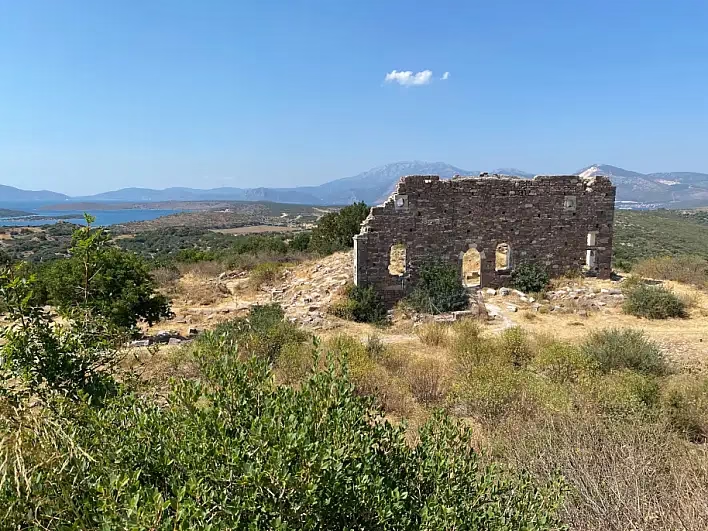
Then, the Thracian women of Erythrai stepped forward. As a symbol of their devotion, they cut their hair and braided ropes from it to pull the statue ashore. This act was seen as a divine sign, leading to the construction of a Temple of Heracles in the city.
This unique story immortalizes Erythrai not just as a city of stone and mortar but as a sacred land shaped by the dedication and faith of its women.
Myths Immortalized on Coins: Heracles, Horses, and Prophecies
Erythrai’s ancient coins, minted between the 5th and 4th centuries BC, offer a fascinating glimpse into its mythology and religious beliefs.
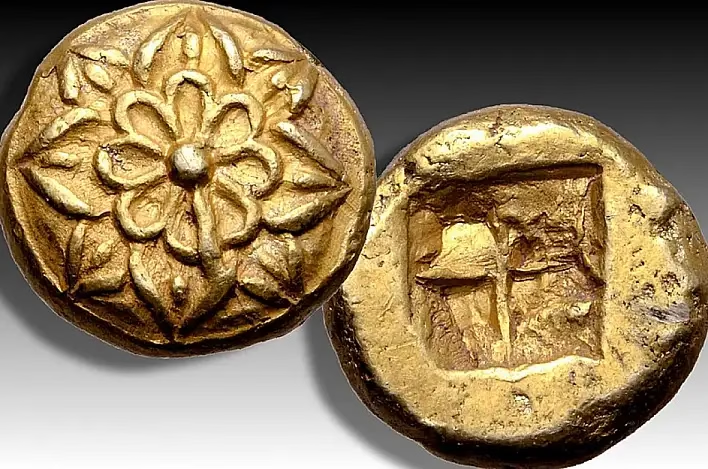
Key symbols featured on Erythrai coins include:
- The head of Heracles wearing a lion skin: Symbolizing divine protection and strength.
- Galloping horses: Representing action, speed, and heroism.
- Sun motifs: Emblems of divine light, prophecy, and the cycle of life.
- Abbreviations of the city’s ancient name: EPY (ERY): Confirming the coins’ origin.
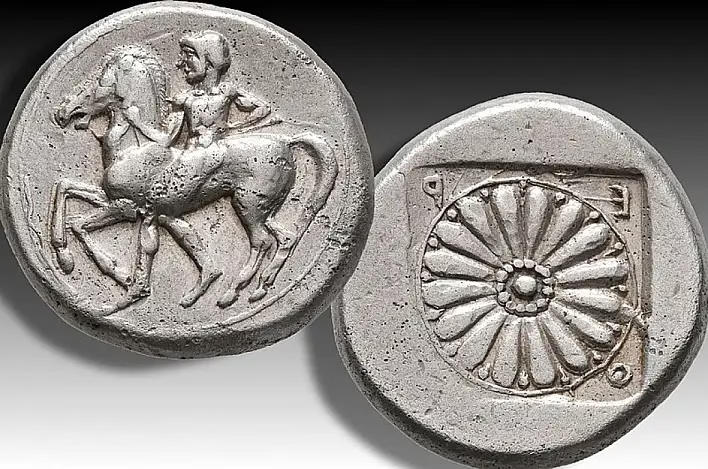
Some rare coins even depict the city’s legendary founder, Erythros, struggling to tame a rearing horse—an image representing human control over nature and heroic effort.
The Sibyl’s Prophecies: A Spiritual Center
Beyond its physical remains, Erythrai was known in antiquity as a center of prophecy. According to ancient sources, the famous oracle Sibyl made prophetic declarations here, including foretelling the birth of Alexander the Great.
The sacred temples and inscriptions scattered across the site still echo the city’s mystical and spiritual heritage.
Excavations: Unearthing the Past
The first scientific excavations at Erythrai began in 1964 under the leadership of Prof. Dr. Ekrem Akurgal. They uncovered the Athena Temple, the theater, and fortification walls.
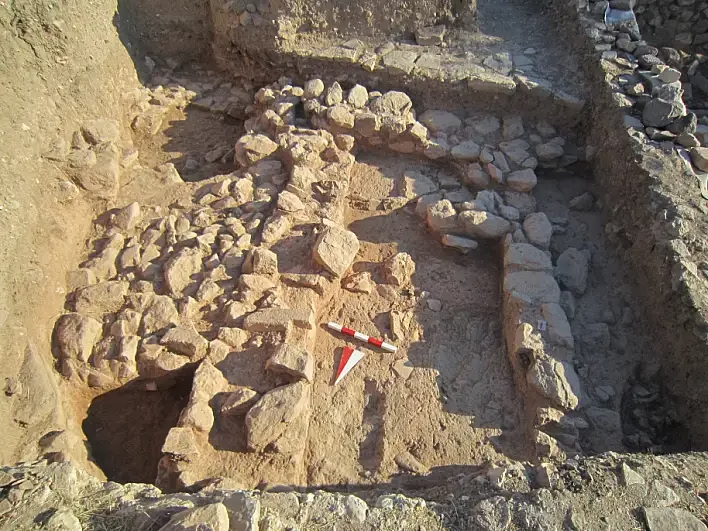
Excavations resumed in 2007 with Ankara University’s Associate Professor Dr. Ayşe Gül Akalın Orbay leading the work. Recent discoveries revealed that the city’s history stretches back to the 3rd millennium BC, far earlier than previously thought.
Artifacts from Phoenicia and Egypt, including ceramics and religious objects, highlight Erythrai’s role in the Eastern Mediterranean trade network.
Erythrai Today: A City Whispering Through Time
Erythrai remains one of the rare ancient cities still under excavation, offering visitors a tangible connection to the past. Here, you can listen to the Aegean breeze in the theater and imagine the footsteps of Heracles echoing through ancient streets.
The city’s name derives from the Greek word erythros, meaning “red,” inspired by the reddish soil that blankets the land at sunset.
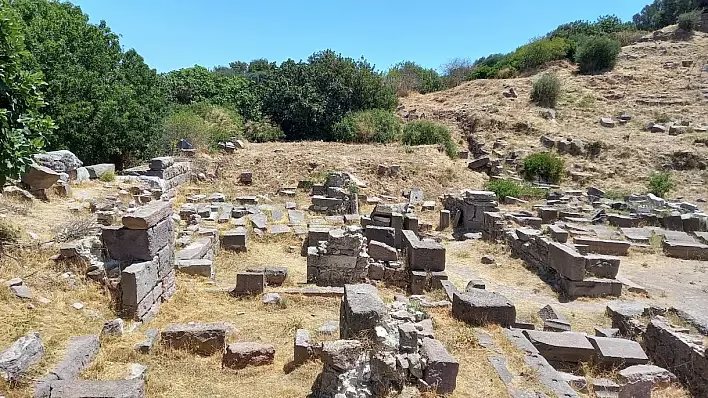
Cover Image Credit: Dilan Aşar/Yeni İzmir





